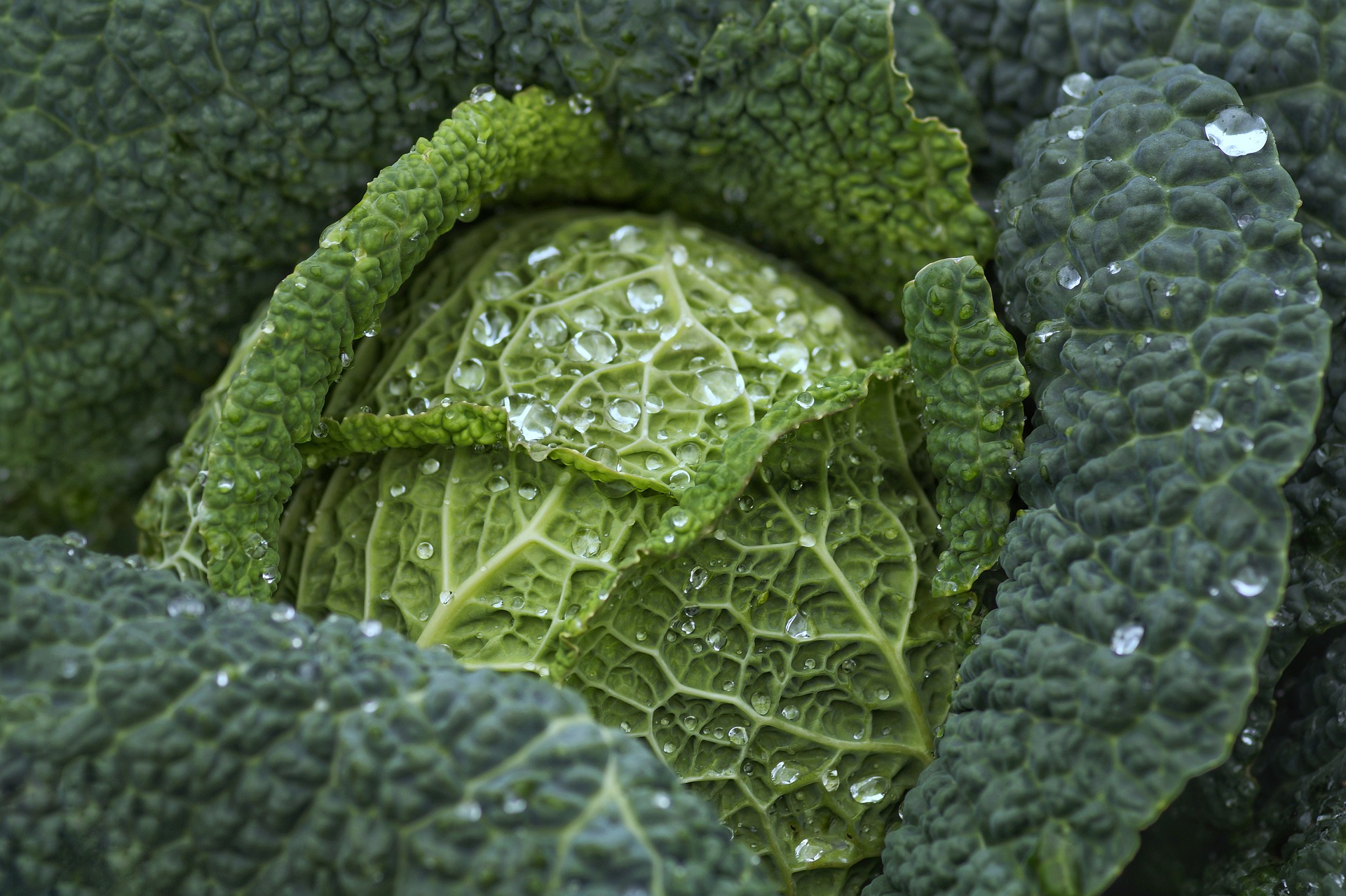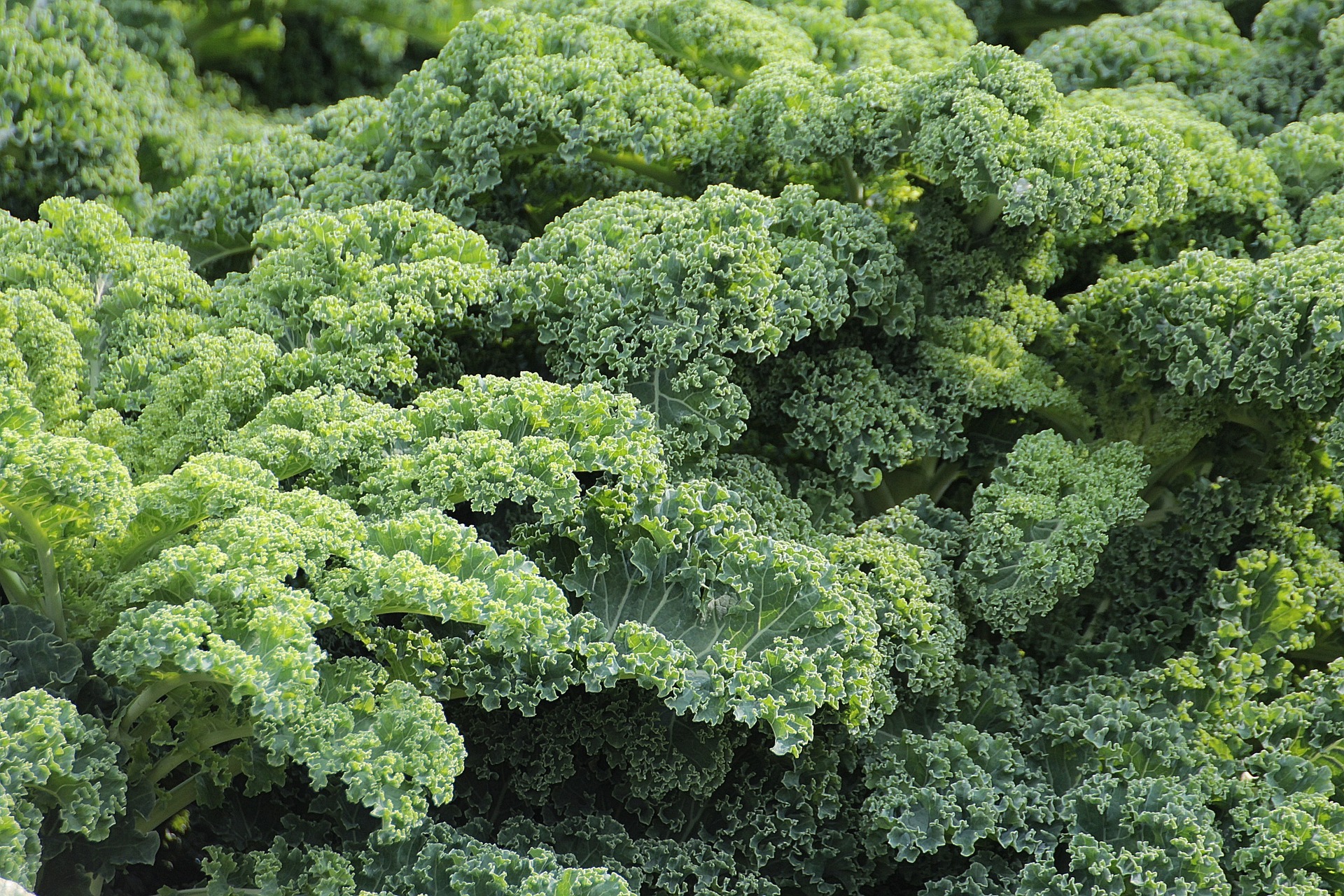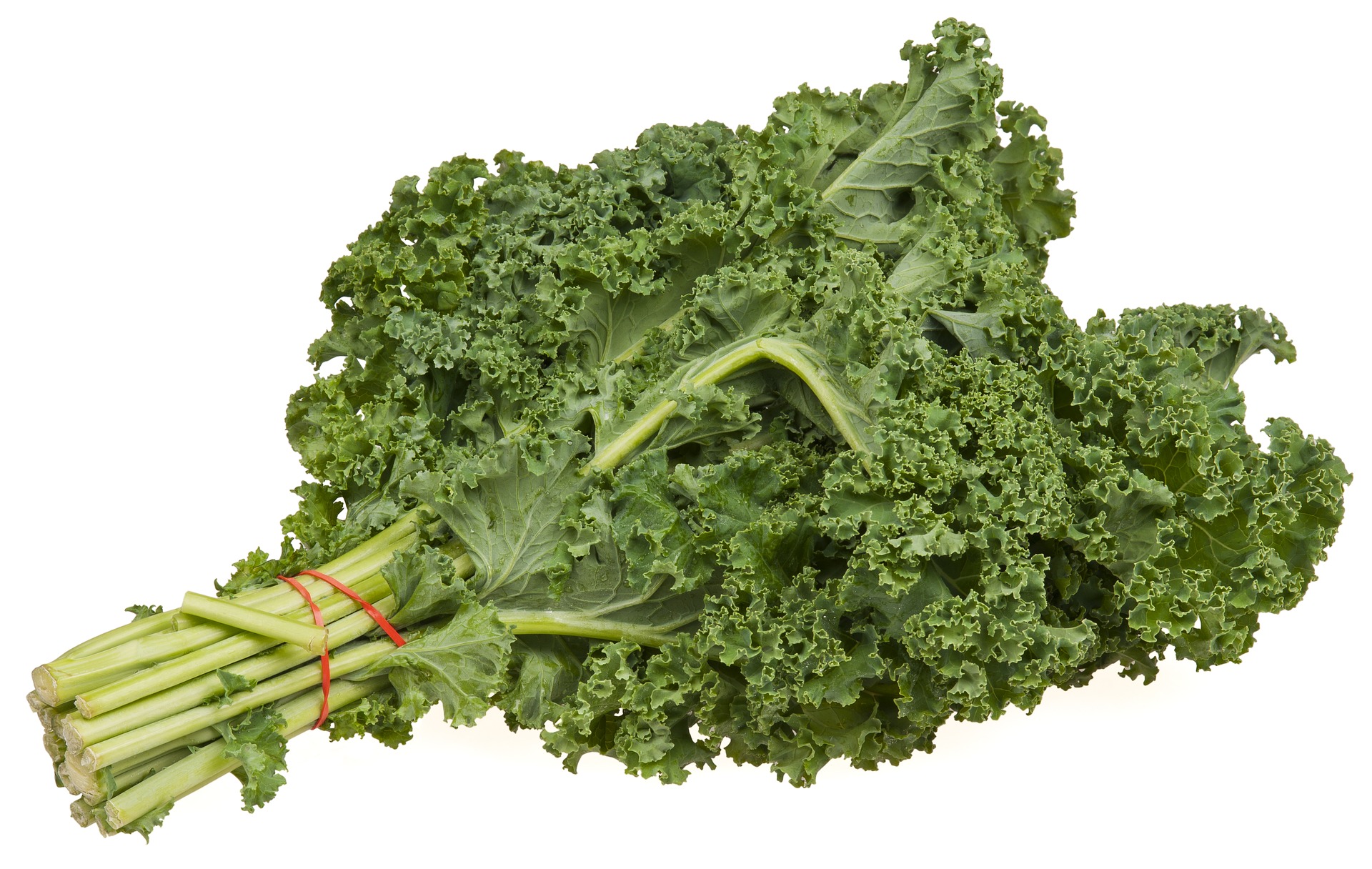Kale: benefits and virtues

Kale
Kale, brassica oleracea var sabellica is a very cold-resistant leafy vegetable. It’s grown for its large cut leaves. It’s full of nutrients, vitamins, minerals, and fiber. Also it is an excellent antioxidant.
Kale is king, of all the super healthy greens. It is definitely one of the healthiest and most nutritious plant foods in existence. Kale is loaded with all sorts of beneficial compounds, some of which have powerful medicinal properties.
Fast facts
- Here are some key points about kale. More detail is in the main article.
- Firstly, kale is a green, leafy, winter vegetable that is high in fiber.
- Secondly, the potassium content of kale may help reduce the risk of heart disease.
- Thirdly, it can be a tasty and nutritious side dish or an addition to smoothies and salads.
- Finally, anyone who is taking blood-thinning medication or who has a kidney problem should check with a doctor before adding more kale to the diet.
Health benefits
For a long time, kale has been considered effective in controlling chest and lung diseases. Cooked in water it was also used to relieve inflammatory diseases of the digestive tract, dysentery or ascites related to liver cirrhosis. Today, it is part of the “top ten” health food. Used in slimming programs, it is known for its antioxidant properties and recommended for its high fiber and trace elements.
Above all, kale is a very good source of vitamin C. Which helps maintain skin integrity. It helps heal wounds, protect cells from premature aging caused by free radicals. It is recommended for various dyspeptic disorders. As gastric burns, nausea, regurgitation, hepatobiliary dyspepsia. It calms the pain of gastric ulcer, duodenal and gastritis. It naturally regulates intestinal functions.

Besides that, a good source of calcium, essential for bone health, muscle contraction. Also, for blood pressure regulation, wound healing and nerve impulse transmission. With its potassium intake, reduces the risk of cardiovascular disease. Rich in vitamins and minerals, cabbage is beneficial in case of anemia.
External use
Raw cabbage helps heal wounds and relieves rheumatic pains, headaches, sciatica and painful joints. Also, in cure, it promises an important elimination and a fast loss of weight.
Utilization
For example, associated with tomatoes, green peppers, and celery forms a broth used to clean the body of all its impurities.
Sauerkraut (obtained from lacto fermentation of leaves) is also excellent for digestion. Its acidity is perfect for lazy stomachs. And lactic acid is good disinfectant of the digestive tract.
For instance, as with lettuce, kale will keep crisp if wrapped in tissue or paper towel. Before being placed in a plastic bag or airtight container in the refrigerator.

We recommend you to try these delicious meatballs with kale and quinoa.
Nutritional properties
With a very low-calorie intake (25 kcal / 100 g ) it’s an ideal slimming food. Very rich in vitamin C, B1, B9, E. It also contains calcium, iron, sulfur, sodium, and potassium. Kale is also diuretic and contains antioxidants.
